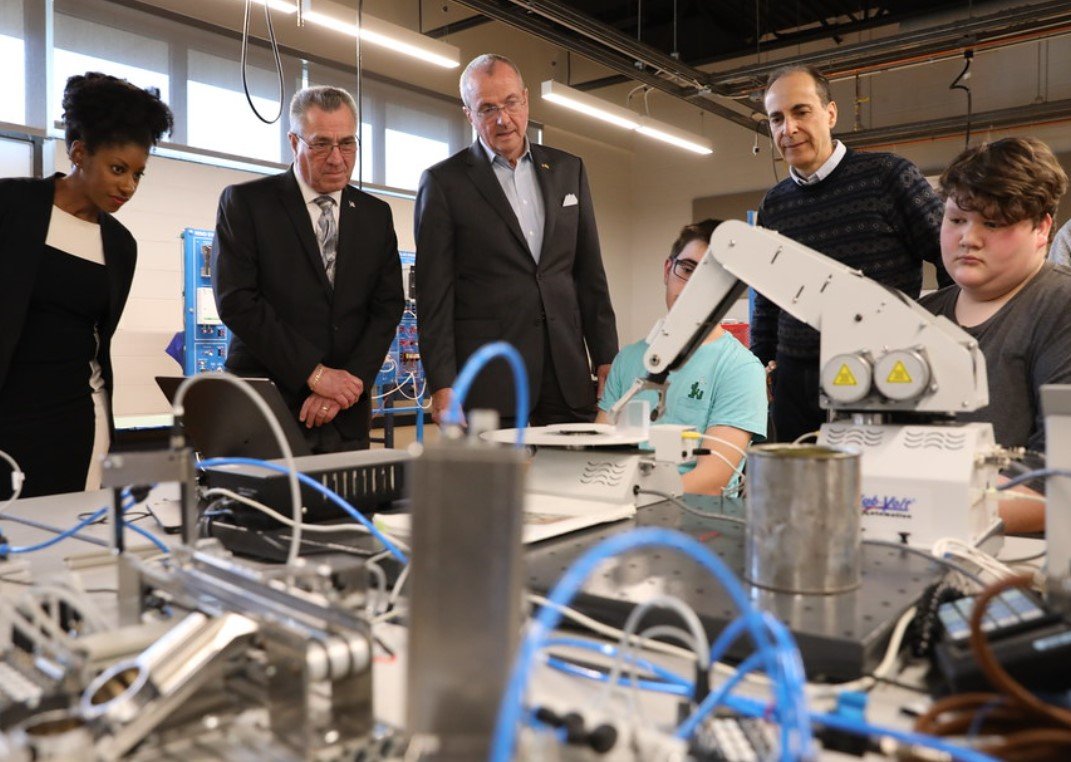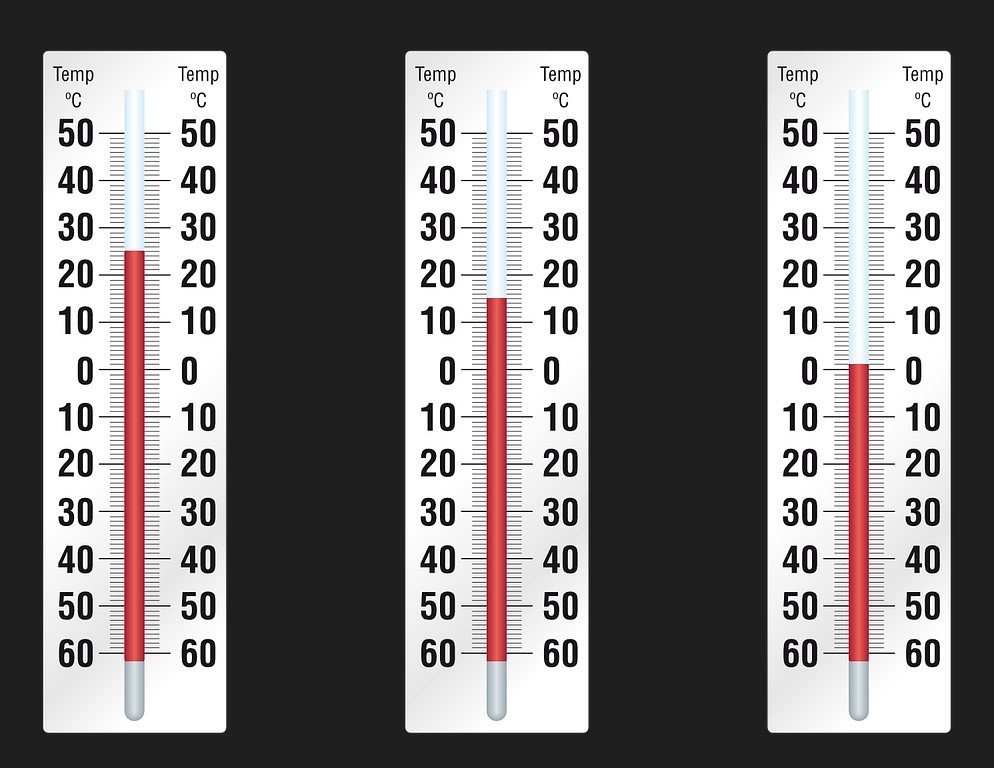A new study has used deep brain stimulation (DBS) to identify the brain networks that are dysfunctional in four cognitive disorders: Parkinson’s disease, dystonia, obsessive compulsive disorder (OCD), and Tourette’s syndrome. The discovery could lead to new treatments and diagnostics for these conditions.
Deep brain stimulation (DBS) is a surgical procedure that involves implanting electrodes into specific regions of the brain and stimulating them with electrical impulses. DBS is used to treat various neurological and psychiatric disorders, such as Parkinson’s disease, dystonia, OCD, and Tourette’s syndrome, by modulating the activity of abnormal brain circuits.

DBS can also be used as a research tool to investigate the functions and dysfunctions of different brain networks. By stimulating different brain regions and observing the effects on behavior, cognition, and emotion, researchers can map the brain networks that are involved in various processes and disorders.
What Did the Study Find and Why Is It Important?
The study, published in Nature Neuroscience on Feb. 22, 2024, was led by scientists at Mass General Brigham, a health care system affiliated with Harvard Medical School. The study involved 261 patients from 16 institutions worldwide, who had electrodes implanted in their brains for DBS treatment. The patients had one of the four disorders: Parkinson’s disease, dystonia, OCD, or Tourette’s syndrome.
The researchers used a special software to analyze the data from the electrodes and to determine which brain networks were dysfunctional in each disorder. They found that each disorder was associated with a different brain network, and that stimulating these networks could improve the symptoms of the patients.
The study also found that the dysfunctional brain networks could spread the damage to other brain regions, leading to worsening of the condition and cognitive decline. The researchers compared this to a wildfire that starts from a small spark and consumes the whole forest.
The study is important because it reveals the underlying mechanisms of four brain disorders that affect millions of people worldwide. It also opens new avenues for treatment and diagnosis, by targeting the specific brain networks that are responsible for the disorders. The study also suggests that DBS could be used as a preventive measure to stop the spread of the damage and to preserve cognitive functions.
What Are the Next Steps and Challenges?
The study is a major breakthrough in the field of neuroscience, but it also poses some challenges and questions. For example, how can the findings be translated into clinical practice and benefit the patients? How can the optimal stimulation parameters and locations be determined for each patient and disorder? How can the side effects and risks of DBS be minimized and monitored?
The researchers plan to continue their work and to explore the potential of DBS as a therapeutic and diagnostic tool. They also hope to collaborate with other scientists and clinicians to develop new strategies and technologies to improve the quality of life of patients with brain disorders.
















